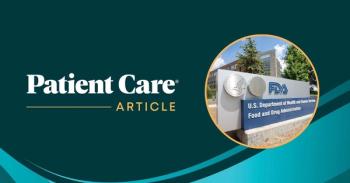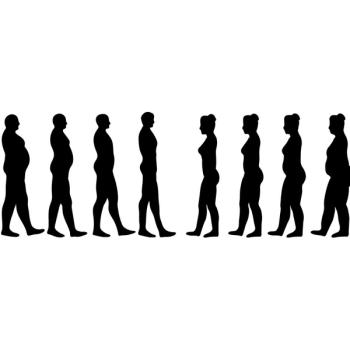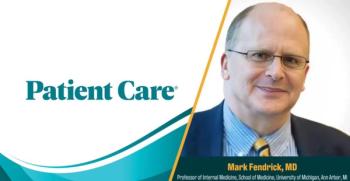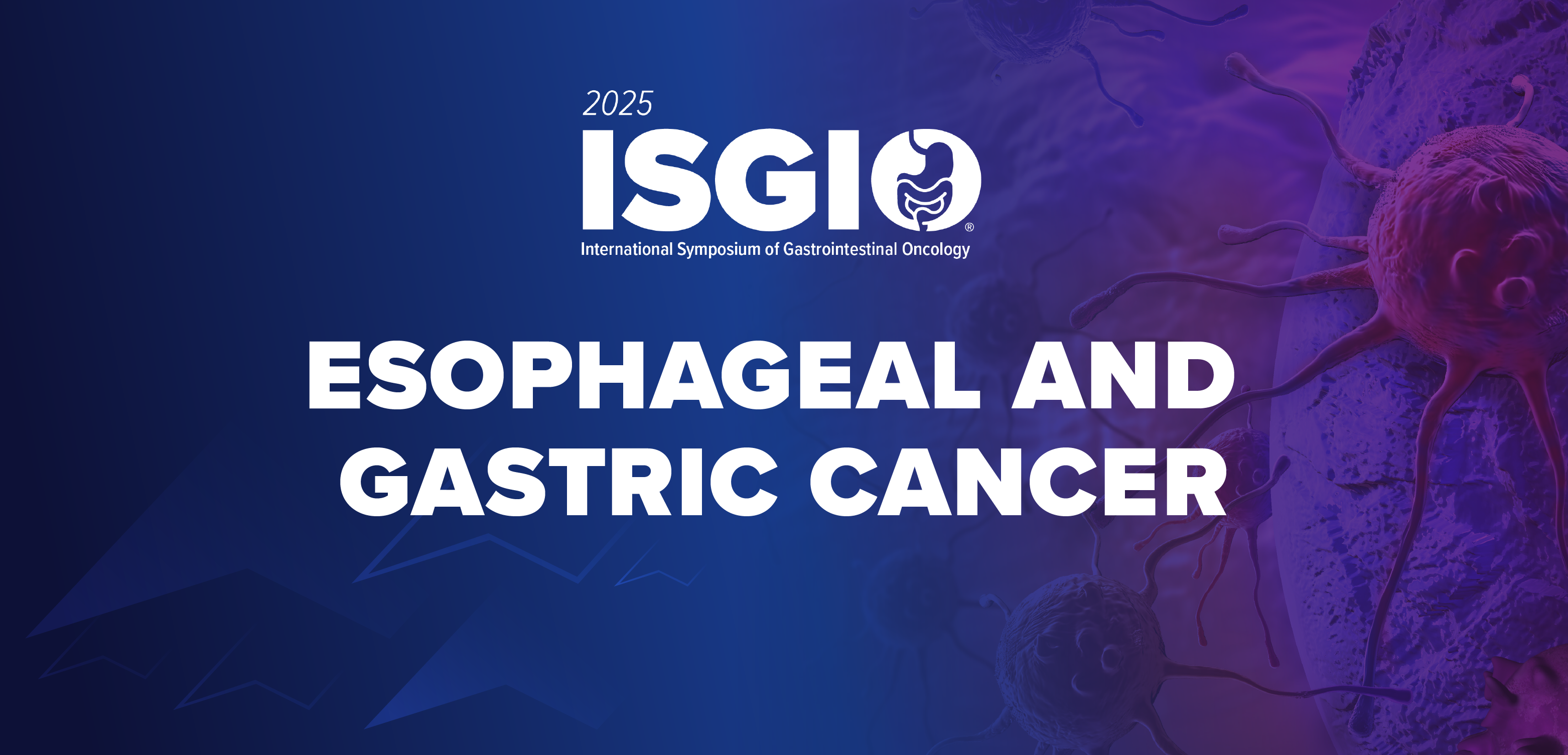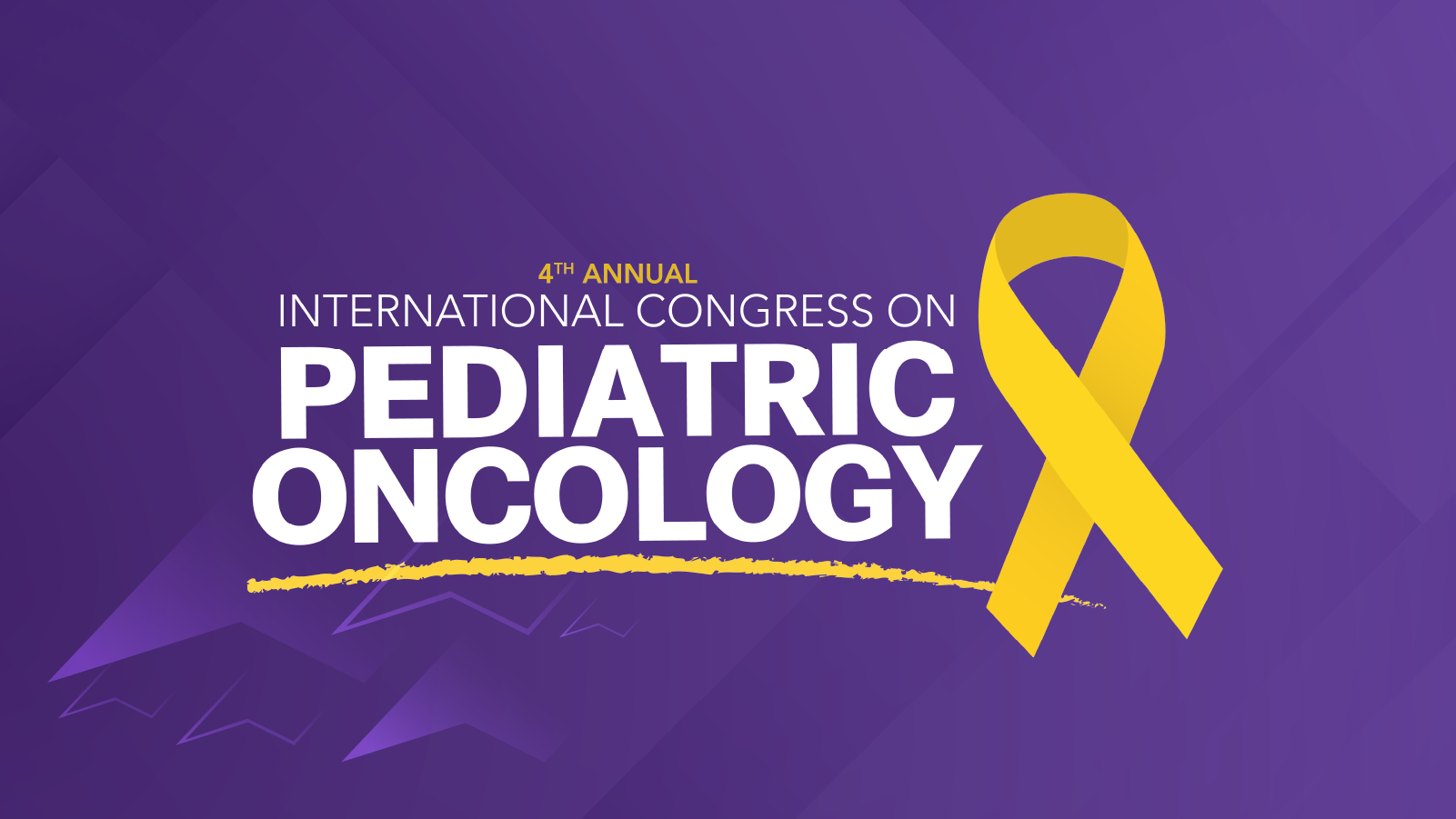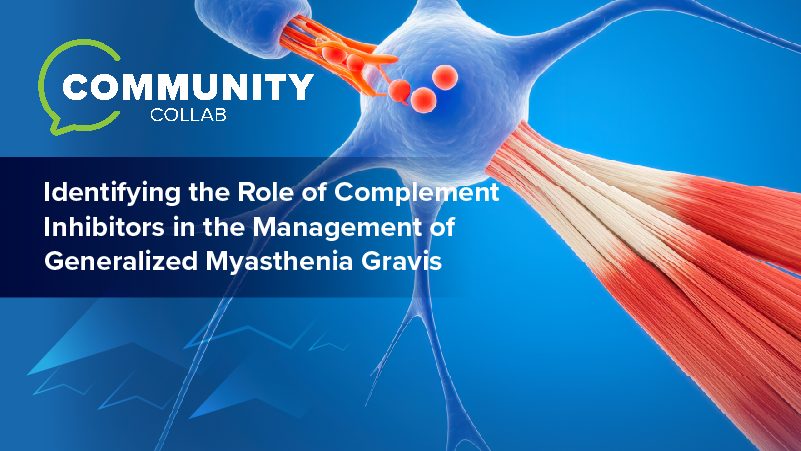
Study Underscores Deficits in Management of COPD in Primary Care
Findings highlight the need for more real-life studies to support decision making within primary care settings, say researchers.
Many patients with chronic obstructive pulmonary disease (COPD) managed in US primary care receive some form of maintenance therapy, yet a portion still face exacerbation burden, according to an observational registry study published in
“Our findings highlight the high exacerbation, symptom, and treatment burdens experienced by COPD patients managed in US primary care, and the need for more real-life effectiveness trials to support decision making at the primary care level,” wrote study authors.
Approximately 80% of patients with
“To improve COPD management in primary care, it is first necessary to describe the patient population using clinically relevant variables which can be collected practically and monitored longitudinally. Our study is the first to do that, comprehensively describing US
Researchers examined electronic health records (EHRs) of 17 192 patients treated at primary care clinics in 5 states between June 2019 and November 2020 using a dataset maintained by the nonprofit organization
Overall, the majority of participants were women (56%), aged 55-84 years (81%; average age of diagnosis, ≥35 years), White (64%), current smokers or previous smokers (88%), and overweight or obese (69%). Among both cohorts, hypertension was the predominant comorbidity, followed by diabetes mellitus, depression, and osteoarthritis.
Findings
Exacerbation was prevalent with 38% (6579/17 192) of patients experiencing ≥1
Among APEX-COPD participants, 43% reported that COPD had a high or very high impact on their health, and 45% could not walk at a normal pace without experiencing breathlessness.
These findings on exacerbation were surprising to the authors as 88% of patients received some from of maintenance therapy, predominately inhaled corticosteroid (ICS) with long-acting β2-agonist (LABA) and ICS with LABA and long-acting muscarinic antagonist (LAMA).
Investigators wrote that these findings may indicate that patients were not receiving appropriate treatment or were not adherent with their medication regimens. The results may also suggest that more focus on nonpharmacologic treatment options is needed to reduce symptom burden, such as smoking cessation as more than 31% of patients continued to smoke in the previous year. The team added that more physician education is required to diagnose and treat COPD earlier to delay a decline in lung function.
The results may also point to the over-treatment of COPD in primary care. Overall, 27% of patients were on triple therapy (ICS/LABA/LAMA)—which current guidelines from the Global Initiative for Chronic Obstructive Lung Disease
“Taken together, these findings indicate further opportunity for medication optimization in the primary care setting for COPD patients and call for more real-life effectiveness trials, or broader inclusion criteria for RCTs to provide real-life evidence of response to and appropriateness of treatment and to inform COPD management guidelines,” concluded authors.
Reference:
Newsletter
Enhance your clinical practice with the Patient Care newsletter, offering the latest evidence-based guidelines, diagnostic insights, and treatment strategies for primary care physicians.

